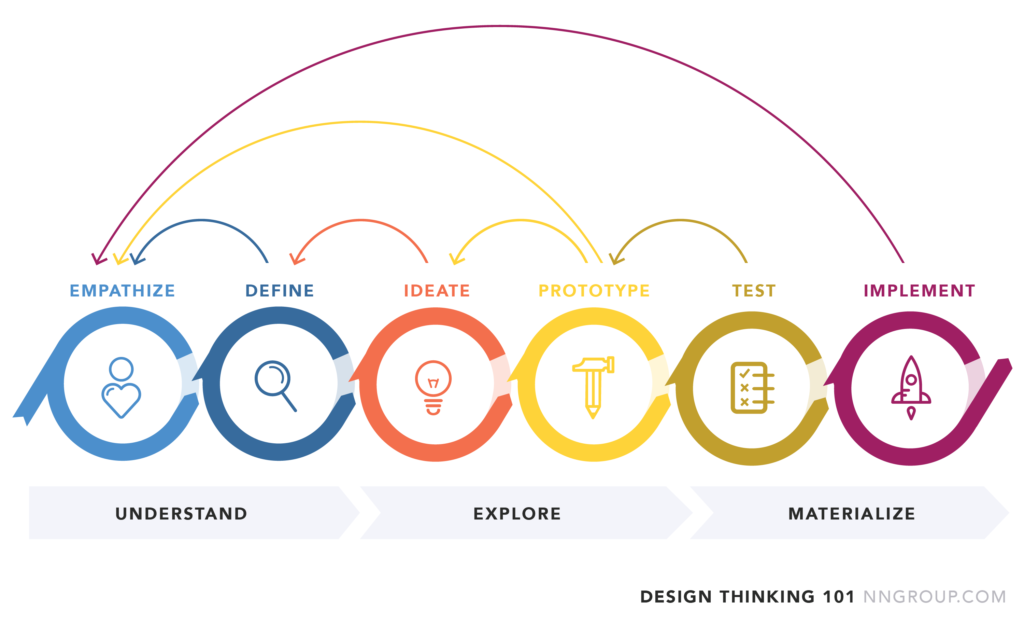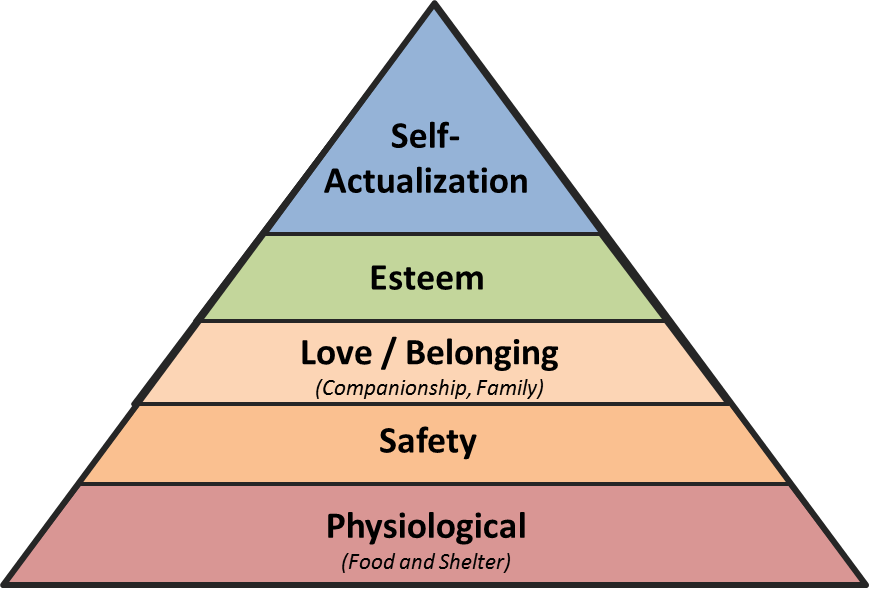You know User Experience (UX) is important. You have buy-in from all the right stakeholders. You’ve installed Google Analytics and HotJar… now what? You need a strategy.
Focus on processes, not tactics
As technology increasingly levels the playing field between corporate giants and newer, more agile startups, the user (or customer) experience is the primary differentiator between brands.
According to Gartner, nearly 90% of businesses are competing purely on the basis of their customer experience.
In this article, we’ll introduce a new model to help you set your UX strategy to get the best return for your investment: the UX Pyramid.
But first, let’s check our assumptions. Why do we use models at all?
Why do we use models?
Good question. Why make it so complex? Can’t we just dive in, run some tests and see what works?
Sorry but no. A test and learn approach is all well and good, but this isn’t how experienced organisations approach UX strategy.
As the macro-economic climate becomes more uncertain and budgets tighten, ROI is king. You need to know you’re focusing your efforts on the right areas.
Models can help you create a unified approach
As George Box famously maybe said, “all models are wrong, but some are useful”.
UX is no exception to this rule.
Being a relatively new discipline (in geological time at least), most digital UX professionals have sidestepped from other areas like design, product management or development.
This means it’s highly likely two UX-ers given the same problem will have two very different approaches to a solution. This general confusion and blurring of roles and responsibilities lead many analysts and bloggers to periodically claim UX to be dead. This is nonsense.
Usability, UI, human-centred design, customer experience and information architecture are all relatives of User Experience, but none of them encompass it. Your UX strategy should unify your team, whatever their skillset, around common user and customer goals.
Having a strategy isn’t the same as a having process
A strategy should be achieveable and guide your workflow, but we should be careful not to confuse strategy with process.
This is an example of UX workflow from NNGroup:

This is a process – an approach to getting things done but it’s not a strategy. It doesn’t help you understand your product, set a goal or bridge the gap from where you are to where you want to be.
The Kano Model

This is the Kano Model, a popular starting place for UX models. It was created by Noriako Kano, a Japanese academic.
The model has been adopted as part of Six Sigma and it’s from Kano UXers have traditionally adopted a strong preference for ‘delighters’ as a means to improve user experience.
The common interpretation of Kano’s model is that increasing investment in simply meeting a customer’s basic expectations won’t provide greater customer satisfaction. Rather, a blend of sufficient ‘satisfiers’ and a few ‘delighters’ will provide better overall user experiences with less investment.
And here I feel we find the flaw in the Kano model. The focus on ‘delighters’ as the catalyst for a good experience encourages back-to-front UX strategies prioritising form over function.
In their 2017 customer experience index, Forrester identified six positive emotions that factor on your customer experience. Delight is just one. The others are appreciation, confidence, happiness, respect and value.
Focusing on delight not only misses a whole range of positive customer interactions but is starting your strategy from the apex of the emotional range. A good UX strategy builds from the ground up, not the top down.
For a masterclass in hierarchical thinking, we turn to Maslow.
Building the pyramids

This is Maslow’s hierarchy of needs. If you’re not familiar with the model, check out the wikipedia page.
Maslow’s hierarchy describes how the needs of all organisms are based on a progressive scale. You can’t proceed to the next stage until you’ve satisfied all the ones below.
Or brought back to our previous point, you can’t delight a user until the basics are in place. No amount of swooshy animations will save you if your product is slow, featureless, or riddled with bugs.
The Pyramid: UX strategy as a hierarchy
This an application of Maslow’s hierarchy to UX strategy:

Stage 1: Viability.
You must first create your product to be minimally viable (the ‘MVP’).
This may seem obvious but it’s often all too necessary. Many great product ideas never see the light of day: collapsing under the weight of endless design meetings, workshops, briefs and ‘absolutely must have requirements’ straight from the boss’s-boss’s-boss.
Cut through the noise – get it made. Your customer experience has now jumped the infinite chasm from nothing to something.
Once your product has achieved viability, you can ascend to the next stage.
Stage 2: Meets needs
In this stage, the acid test is whether your product is helping your users achieve their goals.
Does it work? Is it useful? Does it provide value to your customers?
Focus on making your product work, and work well.
Use User Stories or Job Stories to test its utility in different customer contexts. Add new functions as ‘mini-MVPs’ and see how your users respond. Test and learn.
Once your product is working well and leading to customer success, you can ascend again…
Stage 3: Dependable
Here your focus should be on helping your users bond with your product. Improve the design, improve the performance. Ensure you look the part. Improve factors that provide the reassurance you’re an organisation to be trusted and relied upon.
Returning to Forrester’s six CX emotional values, this layer is where you develop almost all of the emotional attachments your customers will have to your product or brand: trust, value, respect, appreciation, confidence, happiness.
Stage 4: Delightful
The top level of the pyramid is also the smallest and that’s no coincidence. Delight comes after you have everything else right.
This is the cherry on the sundae. Go ahead and add those delighters your boss’s boss’s boss has been desperate for. You’ve earned them.
Apply the model to your strategy
This pyramid model will help you hone in on where your true user experience problems lie.
If your product doesn’t exist yet, stop planning new functions. Get it live and start creating customer success.
If your users don’t trust you enough to adopt your services, don’t spend money on delighters. It won’t solve your real issue and is ultimately a poor use of your hard-won budget.
Focus your UX strategy on the stage that best fits your business and customer challenges. Don’t try to take shortcuts – your customers will notice, and they’ll happily go elsewhere to get the job done.
If you’d like to talk to us about your UX strategy, or lack of one, get in touch.

